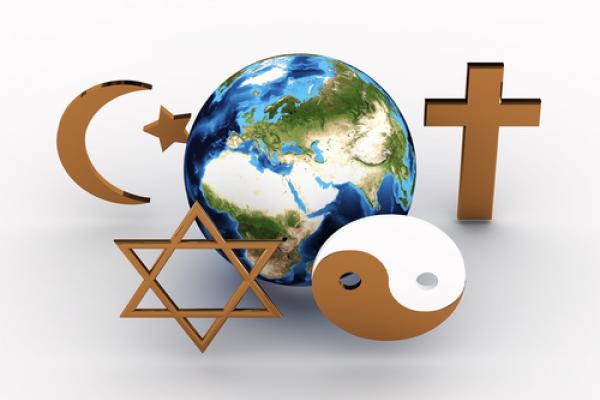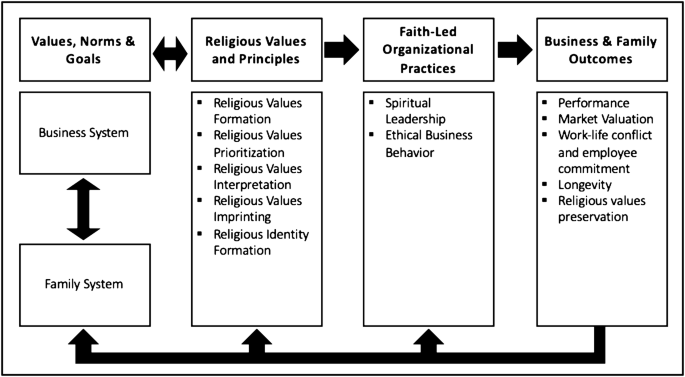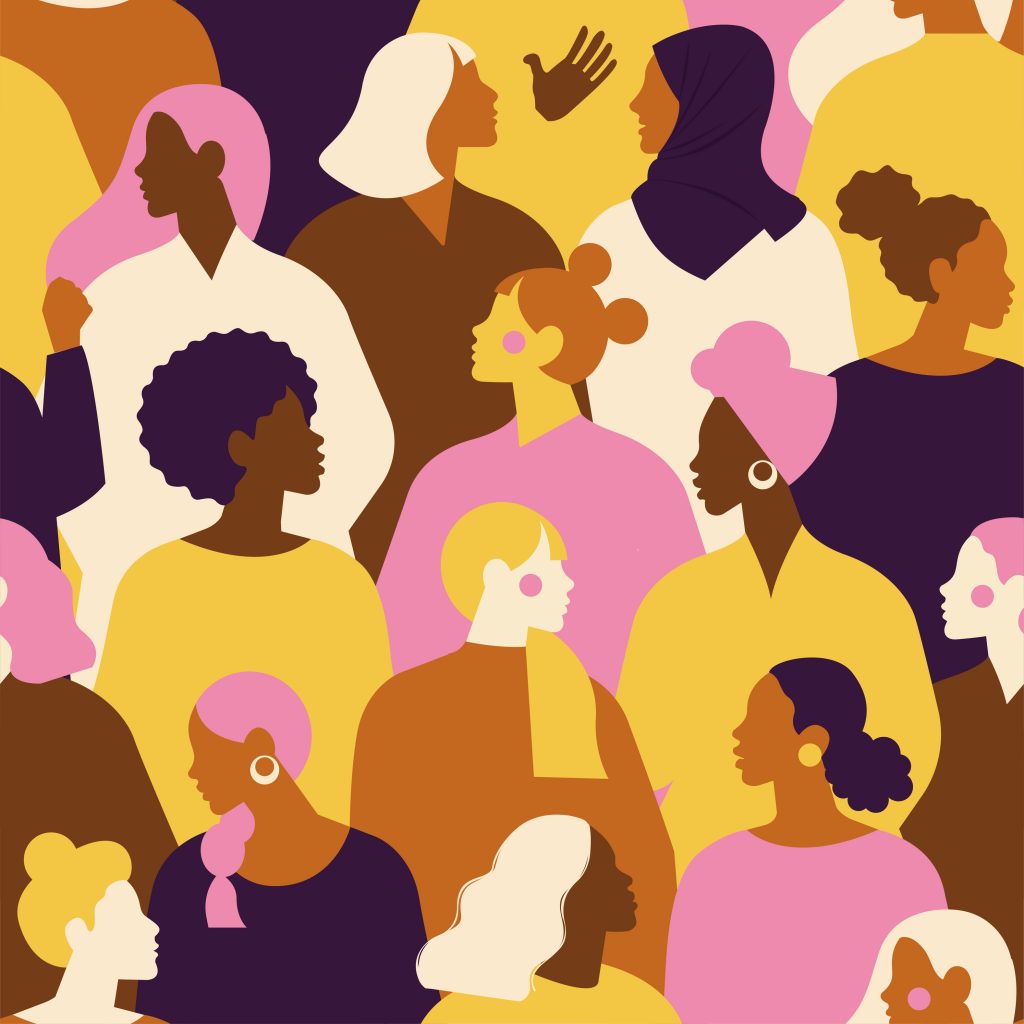Uncovering the Ancient Rituals of Religious History and Anthropology
Exploring the rich tapestry of ancient religious practices and rituals offers a fascinating glimpse into human cultural evolution. As we delve into the realms of religious history and anthropology, we unlock the secrets of our ancestors, leading to a greater understanding of their beliefs, societies, and customs. In this blog post, we will embark on an enlightening journey that unravels the veils surrounding these ancient rituals, shedding light on their significance and impact.
1. Understanding religious rituals in ancient civilizations:
Religious rituals were an integral aspect of ancient civilizations, serving as a bridge between the spiritual and physical worlds. From the ceremonial rites of the ancient Egyptians to the sacrificial practices of the Aztecs, these rituals were deeply embedded in the cultural fabric of these societies. By examining artifacts, archaeologists and anthropologists have uncovered valuable insights into the beliefs and practices of these ancient cultures.
2. Unveiling the purpose of ancient rituals:
Ancient rituals served various purposes, depending on the culture and religious beliefs involved. Some rituals were aimed at appeasing deities and securing divine favor, while others sought to mark significant life events such as births, marriages, or deaths. Explore how these rituals provided a sense of meaning and continuity in the lives of individuals and communities, reinforcing social cohesion and a shared sense of identity.
3. Investigating the symbolism behind ritual practices:
Symbols played a crucial role in religious rituals. They acted as conduits for spiritual communication and conveyed deeper meaning within the context of specific rituals. Delve into the intricate symbolism behind practices like prayer, offerings, dance, and purification rites. Unearthing the underlying symbolism adds another layer of understanding to the ancient rituals we encounter.
4. Uniting the fields of religious history and anthropology:
Religious history and anthropology go hand in hand when studying ancient rituals. By combining historical records, artifacts, and anthropological studies, researchers can reconstruct the cultural and social frameworks that surrounded these rituals. This interdisciplinary approach brings us closer to comprehending the intricate tapestry of religious practices and their impact on ancient societies.
5. Documenting the legacy and influence of ancient rituals:
Ancient rituals have left an enduring legacy on contemporary religious practices. By tracing the timeline of rituals through history, we can uncover how they shaped and influenced subsequent religious movements. Furthermore, exploring the continuities and adaptations of these rituals in modern-day cultures offers a deeper appreciation for the enduring power of ancient traditions.
6. The importance of preserving and studying ancient ritual practices:
Studying ancient rituals not only allows us to uncover the past but also provides valuable insights into our present and future. These rituals offer windows into the human condition, cultural diversity, and the universal quest for meaning and transcendence. Preserving and studying these rituals ensures that we appreciate and learn from the wisdom of our ancestors, fostering respect for diverse religious traditions.
In conclusion, exploring the ancient rituals of religious history and anthropology unlocks a treasure trove of knowledge about our collective human experience. By understanding the purpose, symbolism, and legacy of these rituals, we gain a deeper understanding of our roots and the worldviews that shaped ancient civilizations. This profound appreciation empowers us to explore the sacred depths of our own spiritual journeys while promoting intercultural understanding and respect. Join us on this enlightening expedition into the hidden realms of ancient rituals and allow these time-honored practices to deeply enrich your understanding of the human tapestry.











